BMW R 90 S
With Ian Falloon
Some motorcycles redefine the perception of a marque. Prior to the release of the R 90 S at the end of 1973, BMW motorcycles were considered stodgy, conservative, and plainly unexciting.
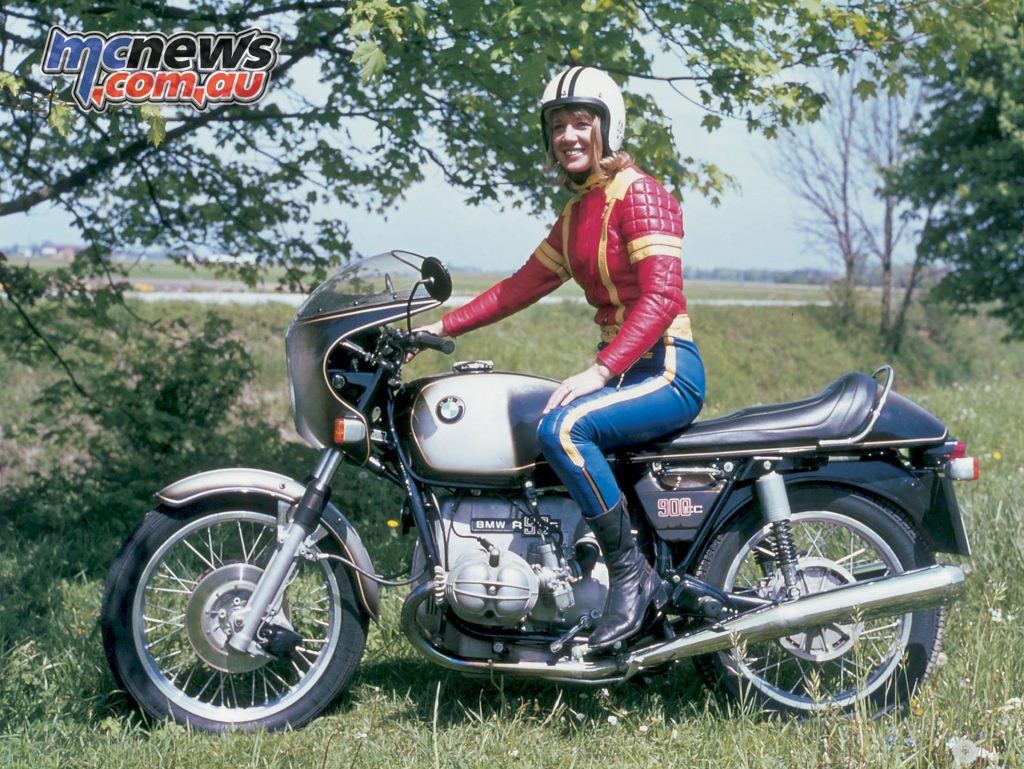
A BMW was great for hauling sidecars or undertaking long distance cross-country trips, but it was hardly a sports bike. If you were younger than forty it simply wasn’t cool to be seen on a BMW but the R 90 S changed that.
In its day the R 90 S provided unsurpassed on-the-road performance, but even more significant than the performance was its style. The bike was the first production motorcycle to feature a factory-fitted fairing as standard equipment.
If the café-racer look wasn’t enough to make the bike stand out from the crowd the paint scheme was. Early examples came in smoke black, and from 1975 Daytona Orange was an option.
With hand-painted pin striping and a horrendous price tag there was just nothing else like it at the time. This was the motorcycle that epitomised the era. An emphasis on style was in ascendance, and the R 90 S was marketed as a luxury accessory for the new breed of affluent motorcyclist.
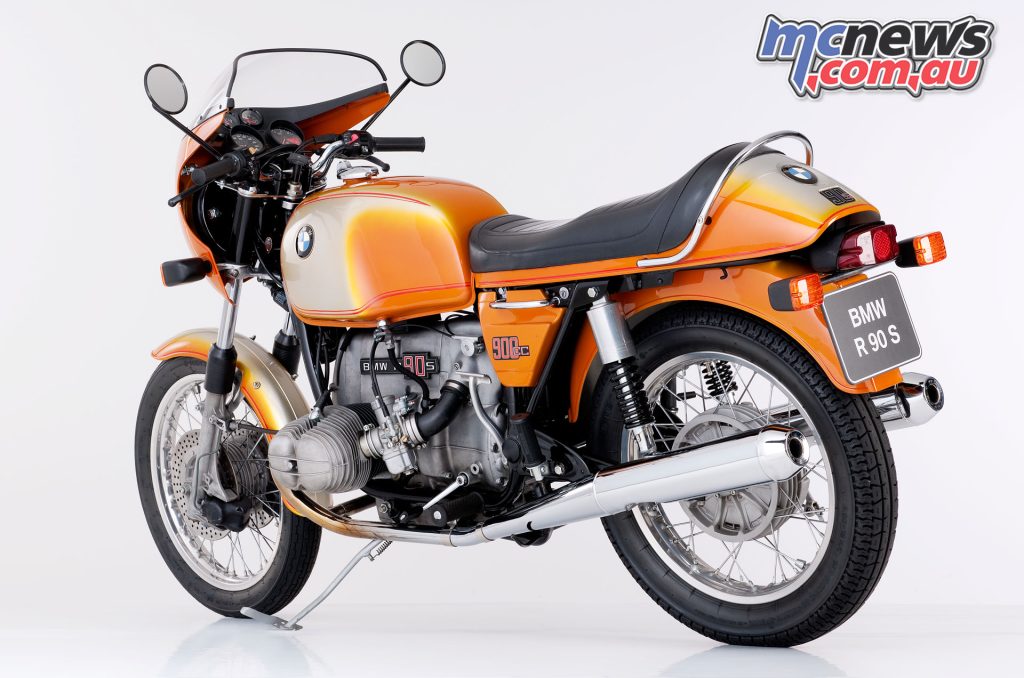
The engine was based on the R 90/6 touring model. Released concurrently, this was a development of the new generation R 75/5 introduced in 1969, but incorporated a five-speed gearbox and a larger alternator for more reliable starting.
Where the oversquare 90 x 70.6 mm dimensions were shared between the 90/6 and 90S, the R 90 S had higher compression (9.5:1) pistons and larger carburettors to crank out its 67 horsepower at 7000 rpm.
Rather than the ubiquitous Bing carburettors, Italian Dell’Orto PHM38mm carburettors with accelerator pumps fed the bike. But while the Italians continued to fit noisy antisocial mufflers the R 90 S remained whisper quiet, right up to the top speed of around 200 km/h.
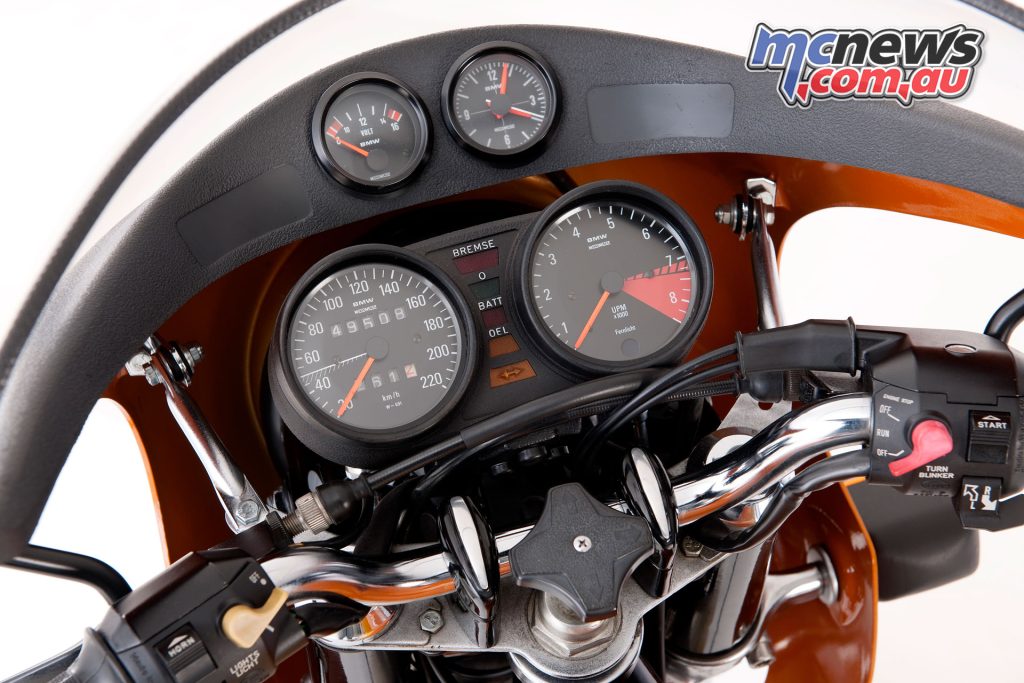
It was also easy to live with, with most maintenance tasks well within the capability of the owner. Easily adjusted pushrods operated the overhead valves, while the ignition was by points conveniently located at the front of the engine.
Also setting the R 90 S apart were the twin 260 mm disc brakes, even if the floating single piston ATE brake calipers lacked ultimate power. The master cylinder was also strangely mounted underneath the fuel tank, operated by a Bowden cable from the handlebar lever.
This was designed to protect the master cylinder in the case of an accident but the result was a remote, spongy action. Its shaft drive and long travel suspension may have lacked the sharpness and handling precision of comparable Italian sportsters but it more than made up for it in civility.
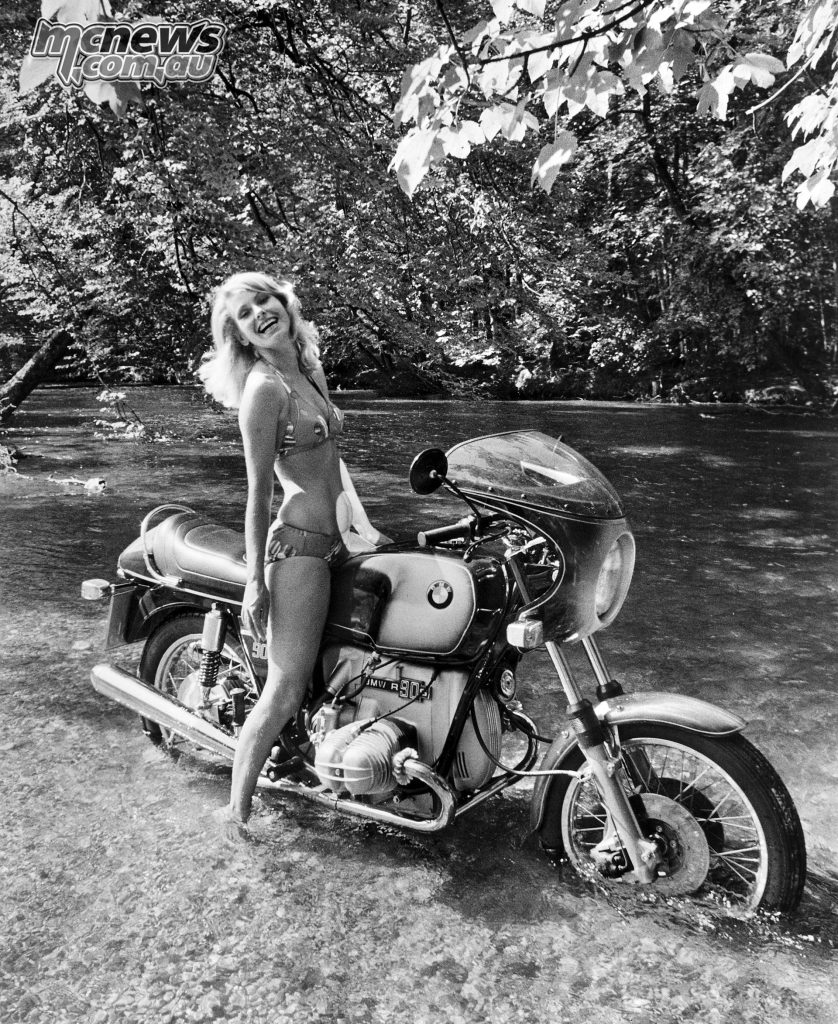
Included were several practical features previously unheard of on motorcycles. Instrumentation inside the beautifully finished fairing included a clock and ammeter. Out of sight was a three-way adjustable hydraulic steering damper and when it came to the toolkit the R 90 S left every other motorcycle in the shade.
Not only comprehensive, this included an official BMW towel, tyre repair patches, and a tyre pump under the seat. The wheel rims were aluminium and the build quality and finish was unmatched.
But the R 90 S was not just style without substance. On the road it excelled. The frame, with its bolted on rear subframe may have been found wanting in terms of ultimate strength but for most purposes it was more than adequate.
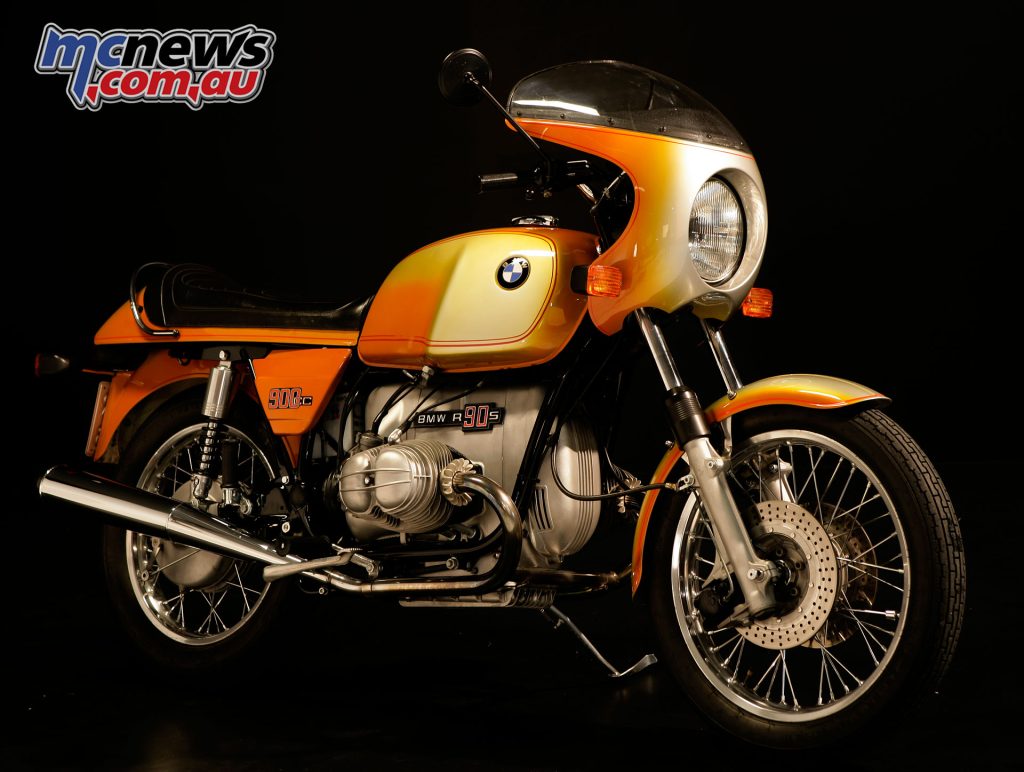
Long travel suspension provided a plush ride but was also sufficiently damped for spirited riding. The moderate wet weight of 215 kg and reasonable 1465 mm wheelbase contributed to a package that was manoeuvrable without being ponderous.
The 24-litre fuel tank also provided a touring range close to 400 kilometres and the comfort level was unmatched. The bike was an instant success. Over a three-year period BMW sold as many as they could make, building 17,455 before the R 100 S replaced it in 1977.
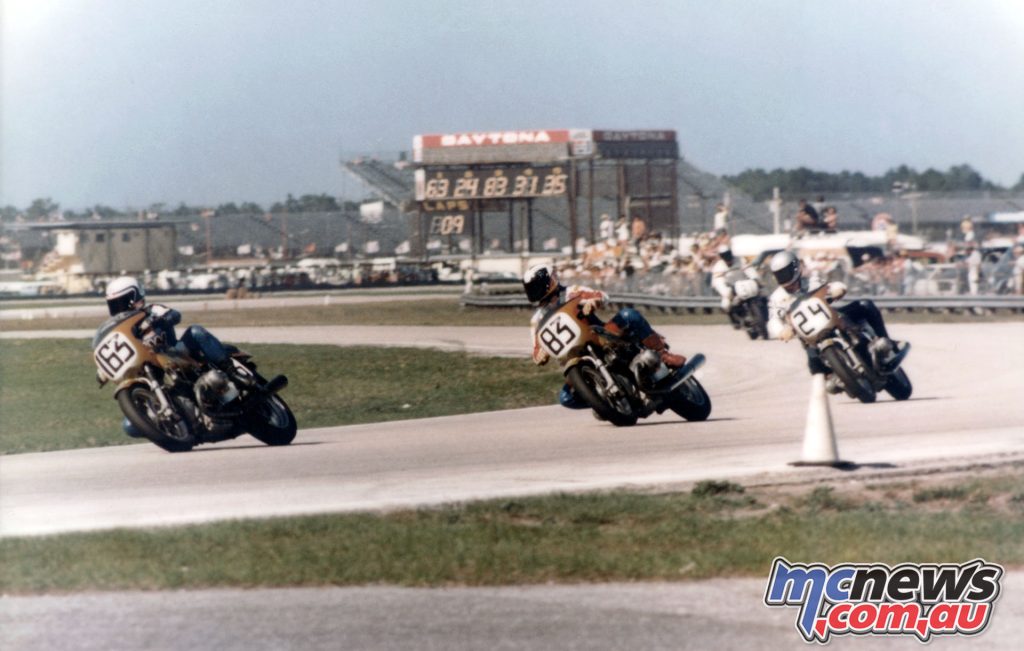
However it is the R 90 S that stands out and is now remembered. Unquestionably the classic BMW motorcycle of the modern era, the bike was BMW’s first, and arguably its best ever Superbike
Five facts about the BMW R 90 S
- Before the appearance of the production R 90 S, British rider Dave Potter rode a special 750 cc BMW racer in the 1972 Imola 200.
- During 1974 Reg Pridmore raced a 750 twin in a Rob North chassis in AMA racing against a field of Yamaha TZ750s. His exploits led to the establishment of Superbike racing.
- Helmut Dähne and Hans Otto Butenuth rode an R 90 S to victory in the 10-lap Isle of Man production TT in 1976. Dähne’s best lap of 164.95 km/h is still the best ever at the Isle of Man by a pushrod boxer twin.
- The most impressive racers were those of the US importer Butler & Smith prepared for 1976 by BMW guru Udo Gietl. These had special monoshock frames, shortened cylinders for additional ground clearance, and produced around 100 horsepower.
- After Steve McLaughlin won the first ever Superbike race at Daytona in 1976, Pridmore went on the give BMW the AMA Superbike title. This was to be their only major series victory.
BMW R 90 S Specifications
| BMW R 90 S Specifications | |
| Engine | Air-cooled, four-stroke, horizontally opposed Boxer, pushrod two-valves per cylinder |
| Capacity | 898 cc |
| Bore x Stroke | 90 x 70.6 mm |
| Compression | 9.5:1 |
| Induction | Two Dell’Orto PHM 38 slide carburetors |
| Clutch | Dry single plate, with diaphragm spring |
| Max Power | 67 hp @ 7000 rpm |
| Max Torque | 76 Nm @ 5500 rpm |
| Transmission | Five-Speed |
| Final Drive | Shaft |
| Frame | Double-loop tubular |
| Front Suspension | Telescopic fork, 208 mm travel |
| Rear Suspension | Swing arm, adjustable strut, 125 mm travel |
| Brakes | Dual 260 mm rotors, single-piston caliper, 200 mm Drum rear |
| Wheels | 1.85 x B19; 2.15 x B18 |
| Tyre | 3.25 x H19; 4.00 x H18 |
| Length | 2180 mm |
| Width | 740 mm |
| Height | 1210 mm |
| Wheelbase | 1465 mm |
| Seat Height | 820 mm |
| Ground Clearance | 165 mm |
| Wet Weight | 215 kg |
| Top Speed | 200 km/h |























